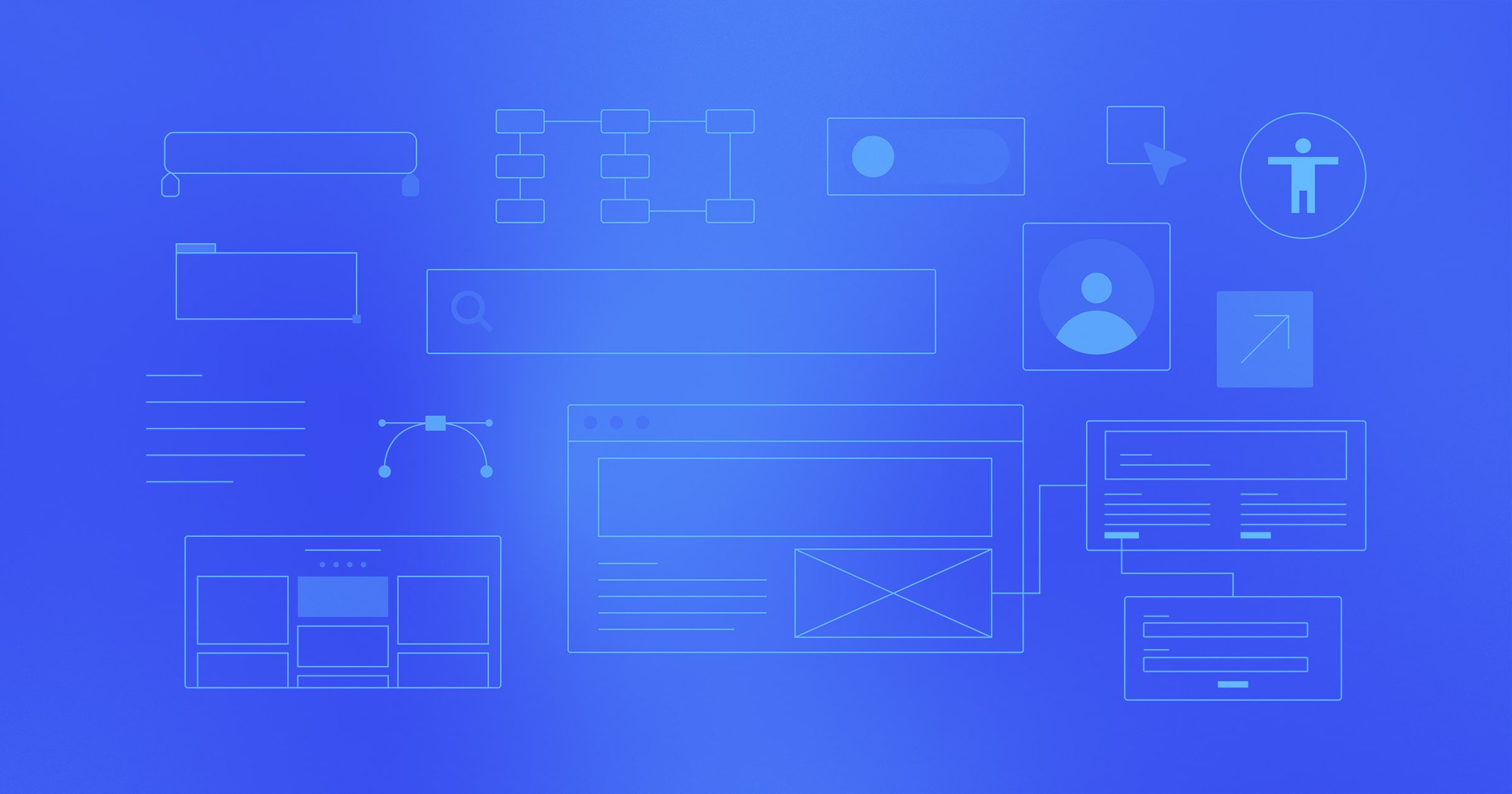Being a web designer involves harmoniously combining visuals and content. But non-technical skills, like collaboration and communication, are also important.
The demand for skilled web designers today continues to surge as businesses of all sizes recognize that their digital presence is often the first touchpoint with customers.
The rise of AI-assisted design tools hasn't replaced human designers but rather elevated expectations for what makes a truly exceptional website. Companies are investing more in distinctive web experiences that blend aesthetics with functionality, and they're looking for designers who can create interfaces that not only look stunning but also drive conversions, accommodate diverse accessibility needs, and adapt across an ever-expanding ecosystem of devices.
19 must-have web designer skills
Here's a list of 20 skills to help you become a design expert, no matter where you're at in your career.
Creative & technical skills
1. Visual design principles
You don't need to know music theory to write a song. If you've never taken an art class, you can still draw.
Some of us might have an innate artistic ability, but knowing the basic fundamentals can make the difference between recreating what you see and being able to build a design that's calculated and unique.
Our guide to visual design principles explores concepts rooted in Gestalt psychology like proximity, similarity, and figure-ground relationships. These fundamentals form the backbone of effective web and graphic design and are essential for creating intentional, cohesive experiences.
2. Typography
Typography shapes our perception of ideas. A type’s weight and geometry communicates meaning, and as a designer, it's important to know the best way to deliver messaging with the appropriate typographical choices.
All the font options can make it hard for new designers to know what to choose. For body copy, try practical fonts like:
- Georgia
- Verdana
- Roboto
Meanwhile, more decorative typefaces should be used sparingly as ornamentation. Good designers know the difference between type styles, and where to use them.
There are plenty of resources on the web to help broaden your typographic knowledge. FONTS IN USE shows different typefaces applied to a variety of media. Check out our guide to web typography best practices and tips for effective font pairing to elevate your typographic designs and create more cohesive visual experiences.
3. Composition
The arrangement of text, visuals, and other elements serve both an artistic and utilitarian purpose. There's the visual harmony of a design and the organization and hierarchy of ideas. Important content should grab our attention and look great.
A well-composed layout involves creating balance with contrast, negative space, and proportioned elements. Pay attention to design around you — websites, paintings, movie scenes, billboards. The more you're aware of and can recognize good composition, the more it'll show up in your own design.
4. Color theory
Understanding fundamental color principles — such as how primary colors blend to create secondary and tertiary hues — will empower you to build harmonious and intentional color schemes for your web projects.
As a designer, you should develop fluency with the color wheel and understand the psychological impact of various color relationships:
- complementary,
- contrasting,
- analogous
The use of clashing colors is a common mistake that plagues beginner designers. A bit of visual dissonance can help make for an interesting design, but conflicting hues can also render a layout unreadable.
Text, calls to action, and headers should use colors that work well together and maintain a strong sense of legibility. Understanding and knowing when to use lights and darks, contrast, and saturation are also important color skills in website design.
5. Design tools
Proficiency with these industry-standard design tools is essential for today's web designers:
- Adobe Creative Cloud (Illustrator, Photoshop, XD)
- Figma
- Webflow
- Sketch
- Framer
Beyond understanding these platforms, you should develop a solid foundation in photo manipulation and vector editing to handle everything from image optimization to logo refinements.
Budget-conscious designers can leverage powerful free alternatives like Gimp for photo editing or Inkscape for vector work without compromising capability. As your skills advance, exploring motion design through tools like After Effects or Lottie will help you create more dynamic, engaging web experiences that capture attention and enhance user engagement.
When selecting your primary web creation platform, Webflow offers the ideal balance of design flexibility and development power — allowing you to create responsive, professional websites without writing code while still maintaining complete creative control over your projects.
6. Design frameworks & content management systems
Understanding frameworks and various content management systems is essential for modern web designers. A well-designed CMS makes managing large blocks of content significantly less burdensome, allowing for efficient updates and organization.
For content that requires regular refreshing—like blog posts, recipes, or events—a robust CMS will streamline the entire process. Using a CMS to link related data and customize templates makes content management much more efficient. Many platforms offer built-in CMS features with customizable templates that give you the flexibility to create and organize content exactly as you need it.
7. Responsive design
Responsive design is a key component of the web development process. The guidelines for responsive design help guarantee that HTML, CSS (cascading style sheets), and JavaScript elements like menus, text, and buttons are clear and usable everywhere.
Responsive design ensures consistent delivery of your content. It works by having a primary layout that adjusts to fit the screen it's loaded on. Making sure your designs translate to different devices helps them reach more people without sacrificing the user experience. And with tools like Webflow, you don't need to rely on a web developer to bring responsive designs to life.
In addition to responsive layouts, understanding the fundamentals of accessibility is essential for creating inclusive experiences everyone can use.
8. User experience (UX)
User experience now encompasses the entire journey a visitor has with your website — from their emotional response to the design to how efficiently they accomplish their goals. Modern UX blends intuitive usability with thoughtful micro-interactions and personalized elements that create memorable digital experiences.
UX aims to not just guide users through a site, but to anticipate their needs and create moments of delight throughout their journey.
Current UX best practices include:
- Minimalist layouts with strategic negative space that reduce cognitive load and guide attention (prioritize clarity).
- Inclusive design that considers diverse user needs, abilities, and contexts while maintaining a human-centered approach (practice universal empathy).
- Data-informed personalization that adapts to user behavior and preferences in real time (dynamic audience understanding).
9. User Interface (UI)
Where UX is concerned more with broad aspects of how a design affects someone, UI focuses on specificity. Web pages, buttons, menus, and micro-interactions are all a part of UI.
These elements guide an audience through a design, free from obstructions, for a smooth experience. Today, designers must be fluent in creating interfaces across an expanding ecosystem — from traditional screens to voice interfaces, AR overlays, and even haptic feedback systems.
UI touches many different facets of usability including:
- Navigational elements and straightforward, intuitive interfaces that adapt to context (whether on a smartwatch, foldable device, or ambient display).
- Calls to action that guide people to do what you want them to do in the shortest amount of time,with considerations for different input methods.
- Intuitive and repeatable interaction patterns your audience can follow and learn when using your design, regardless of the device or platform they're engaging with.
10. Graphic design
Website and graphic design share a similar creative space. Both involve the artistry of crafting visuals. But while web design is a medium where ongoing changes and updates are a part of any project, graphic design is about creating visuals with longevity.
Designing a website or a logo may be different design disciplines, but they're both a part of branding. Graphic design skills will round out your skill set, allowing you to create typography, custom illustrations, and other types of creative flourishes that enhance your web design work.
11. Search engine optimization (SEO)
SEO has evolved beyond just keywords into a fundamental design consideration. Understanding search engine optimization principles ensures your beautiful designs actually get discovered. Modern SEO blends technical elements (like site structure and page speed) with content strategy to create websites that both humans and algorithms appreciate.
The most effective designers recognize that SEO shouldn't compromise user experience — forced keyword stuffing creates clunky, unnatural content that drives visitors away. Instead, aim for a harmonious balance where SEO enhances rather than detracts from your design's readability and flow.
12. Emerging technologies
Staying informed about cutting-edge technologies keeps your design work relevant and forward-thinking. From AI-powered design tools to immersive experiences like AR and VR, the landscape is constantly evolving.
Understanding how technologies like generative AI can enhance (not replace) your creative process gives you a competitive edge. Whether it's using AI to generate initial concepts, exploring 3D elements, or implementing motion-triggered interactions, embracing these innovations allows you to create more dynamic, personalized experiences that captivate users and solve problems in novel ways.
Soft skills
13. Patience
Design challenges — from difficult feedback to complex navigation problems to career plateaus — all demand patience. This fundamental skill helps you gracefully navigate both technical obstacles and professional relationships, and prevent hasty decisions when frustration peaks. Step away from your screen when needed; a brief walk or task switch often reveals solutions that weren't previously apparent.
Patience extends beyond design problems to human interactions. While clients bring valuable business expertise, they may not understand design terminology. Taking time to explain concepts clearly — sometimes through multiple approaches — builds trust and elevates your status from service provider to valued partner.
14. Collaboration
Collaboration is the cornerstone of effective web design. Working alongside developers, marketers, and clients brings diverse perspectives that strengthen your work, though balancing feedback with your creative vision can be challenging. The most successful designers cultivate a mindset that values input without becoming too attached to initial concepts. They recognize that developers spot technical constraints, marketers understand audience needs, and clients know their business objectives better than anyone.
When advocating for design decisions, balance conviction with openness — articulate your rationale with evidence when elements serve clear usability or branding goals, but remain genuinely receptive to compromise. True design leadership isn't about "winning" every discussion, but facilitating outcomes where everyone's expertise contributes to a superior result that serves both user needs and business objectives. This collaborative approach transforms potential friction points into opportunities that elevate the final product beyond what any individual could create alone.

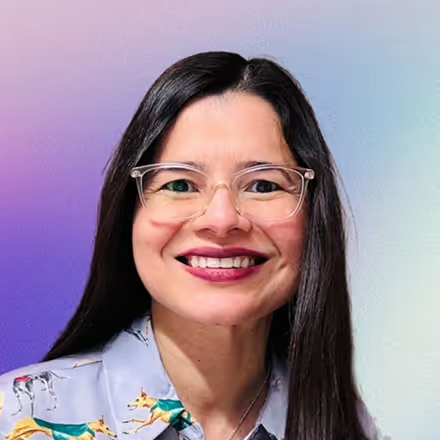

















Get started for free
Create custom, scalable websites — without writing code. Start building in Webflow.
15. Time management
Effective time management is crucial for web designers, especially freelancers and teams who must balance multiple projects with competing deadlines. Creating a structured work schedule, blocking out focused design time, and using productivity techniques like time-boxing or the Pomodoro method can help you maintain momentum while preventing burnout.
The key is establishing boundaries: knowing when to step away from social media and other distractions that fragment your attention and diminish your creative output.
16. Communication
People skills are as important as pixel skills. Explaining your vision for a project in a way that non-designers understand is essential. Stakeholders can include anyone from the marketing department to the founder, and you need to communicate how your design meets project goals.
Much of design is a solitary pursuit, but it's still important to step outside your creative bubble, be an active listener, and share what you're working on.
17. Strategic business thinking
Understanding the business context behind every project transforms you from a pixel-pusher to a strategic partner. Effective web designers don't just create beautiful interfaces—they craft solutions that directly support conversion goals, brand positioning, and market differentiation. This requires asking probing questions about target audiences, competitive landscapes, and success metrics before diving into design work, ensuring your creative decisions align with measurable business outcomes.
Business acumen also helps you prioritize design efforts for maximum impact. Rather than automatically pursuing flashy redesigns, you'll develop the analytical mindset to recommend precisely what a situation requires — whether that's optimizing the checkout flow to reduce abandonment, improving information architecture to boost engagement, or strategically refreshing visual elements to better communicate brand values. This discernment not only delivers better results for clients but positions you as an invaluable advisor who can translate business challenges into effective design solutions.
18. Attention to detail
Exceptional web design emerges from intentional decision-making, not happy accidents. Every pixel, interaction, and visual element should be purposeful — from the precise spacing in your navigation to the subtle color transitions that guide user attention. This meticulous attention to detail creates cohesive experiences where nothing feels arbitrary or disconnected.
When you approach design with this level of precision, you naturally eliminate superfluous elements that don't contribute to your goals. The result is work that feels refined and focused, where each component not only looks beautiful but meaningfully advances both user needs and business objectives. Remember: in thoughtful design, nothing exists without reason.
19. Continuous learning
The web design landscape evolves at lightning speed, with new tools, techniques, and best practices emerging constantly. Successful designers cultivate a growth mindset—actively seeking out fresh perspectives through design blogs, industry podcasts, and community events rather than relying solely on what worked yesterday. This perpetual curiosity helps you stay ahead of trends like design systems, accessibility standards, and emerging technologies before they become mainstream requirements.
Beyond just consuming information, effective continuous learning involves deliberate practice and experimentation. Challenge yourself to implement one new technique in each project, participate in design challenges that push you outside your comfort zone, and regularly analyze innovative websites to reverse-engineer their solutions. This active approach to professional development not only expands your technical toolkit but also keeps your creative thinking fresh and prevents your work from becoming formulaic or dated.
Practical ways to grow your web designer skills
Take advantage of free and paid courses
Online platforms like Coursera, Udemy, and Webflow University offer structured lessons to boost your web design knowledge. Start with the basics, then move to advanced techniques at your own pace.
Collaborate with the design community
Online communities like Webflow Forum, Behance groups, and local meetups are great places to find support, exchange feedback, and stay inspired by other designers.
Test your skills on real or mock projects
- Redesign a local nonprofit's site to improve clarity and impact.
- Create a single-page promo site for a community event or product launch.
- Experiment with a personal portfolio to showcase your best work.
Frequently asked questions
Does web design require coding, or can designers build professional sites without writing code?
Web design no longer demands deep coding knowledge thanks to the rise of visual development platforms like Webflow. Designers today can build fully responsive, professional websites using intuitive drag-and-drop tools that support animations, interactions, and complex layouts — all without writing a single line of code. While familiarity with HTML, CSS, and JavaScript can enhance flexibility and collaboration with developers, it’s not a prerequisite for success. These modern tools abstract the technical layer, allowing designers to focus on UX, branding, and strategy while still delivering scalable, high-performing websites.
Which UI and UX skills should web designers prioritize to improve usability and conversions?
To boost usability and drive conversions, designers should center their approach around user behavior and frictionless interaction. Mastering intuitive navigation, strong call-to-action design, and accessibility best practices ensures that users can engage effortlessly. Clear information hierarchy, strategic whitespace, and a focus on readability are essential for reducing cognitive load. At the same time, incorporating personalized experiences and inclusive design makes the site more relevant and welcoming to diverse audiences. Ultimately, every UI and UX decision should support a seamless journey from arrival to conversion — without making users think.
Why should web designers treat responsive design and accessibility as foundational skills in 2025?
In 2025, responsive design and accessibility are no longer optional — they’re fundamental. Users access websites from an ever-widening range of devices and assistive technologies, and your design must adapt to meet them wherever they are. Responsive layouts ensure your site looks and works great across screen sizes, while accessibility ensures that users with disabilities can navigate, read, and interact with your content. From color contrast to keyboard navigation and motion preferences, building inclusively from the start isn’t just a best practice — it’s the standard for delivering high-quality, user-centered web experiences that scale.
Web design is more than making great websites
Web design in 2025 demands a versatile toolkit that spans both technical expertise and human qualities. The most successful designers balance visual fundamentals — typography, color theory, and spatial relationships — with a deep understanding of user behavior and business objectives. These elements don't exist in isolation but work together to create experiences that are both beautiful and purposeful.
The soft skills we've explored elevate your work beyond pixels and code to create meaningful connections with clients and users alike. Navigating client feedback sessions doesn't just improve your designs; it builds the resilience and empathy that serve you in every aspect of life. In this ever-evolving field, being a great designer means continuously learning, staying curious, and remembering that behind every screen is a human seeking an experience worth their time and attention.

Build websites that get results.
Build visually, publish instantly, and scale safely and quickly — without writing a line of code. All with Webflow's website experience platform.
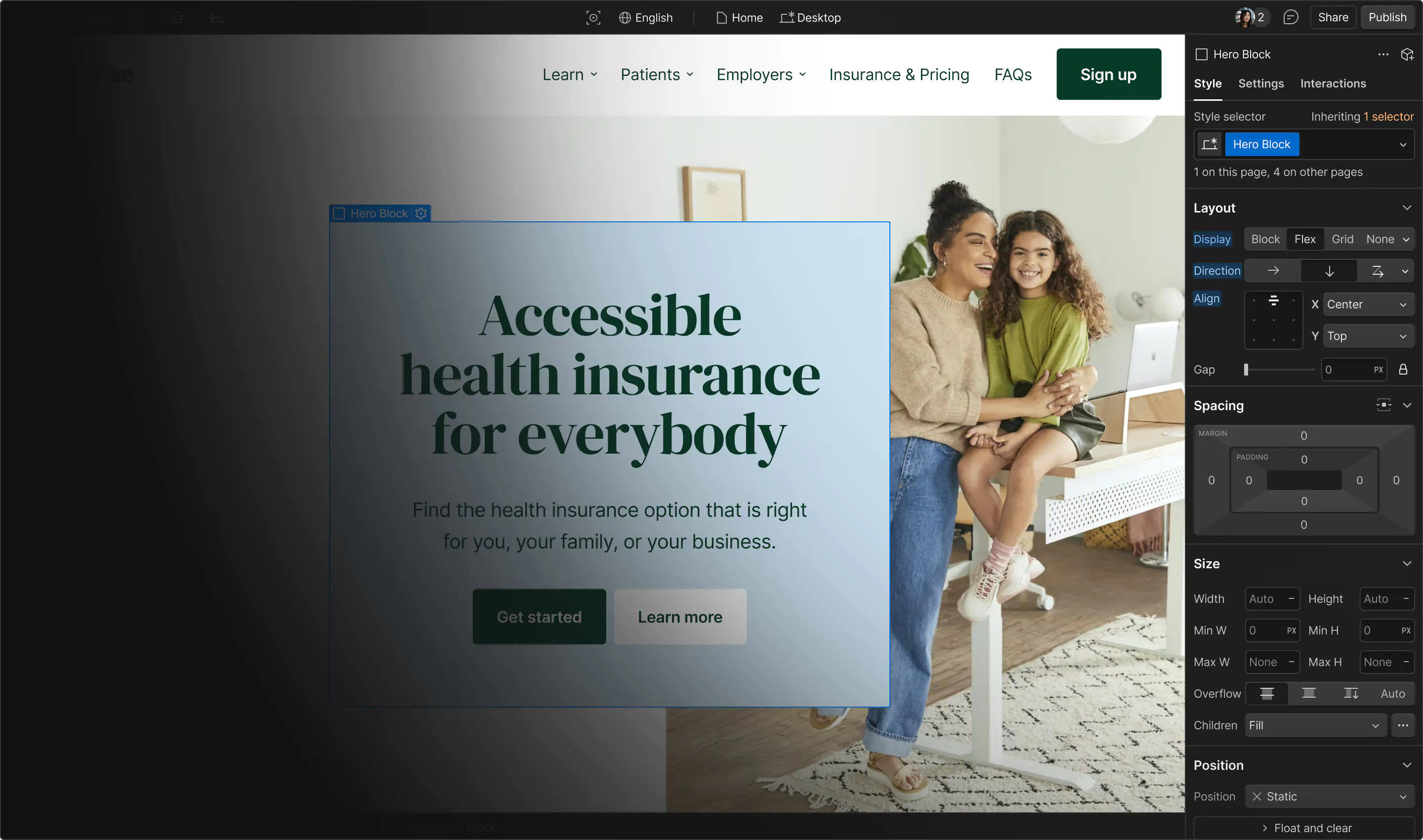
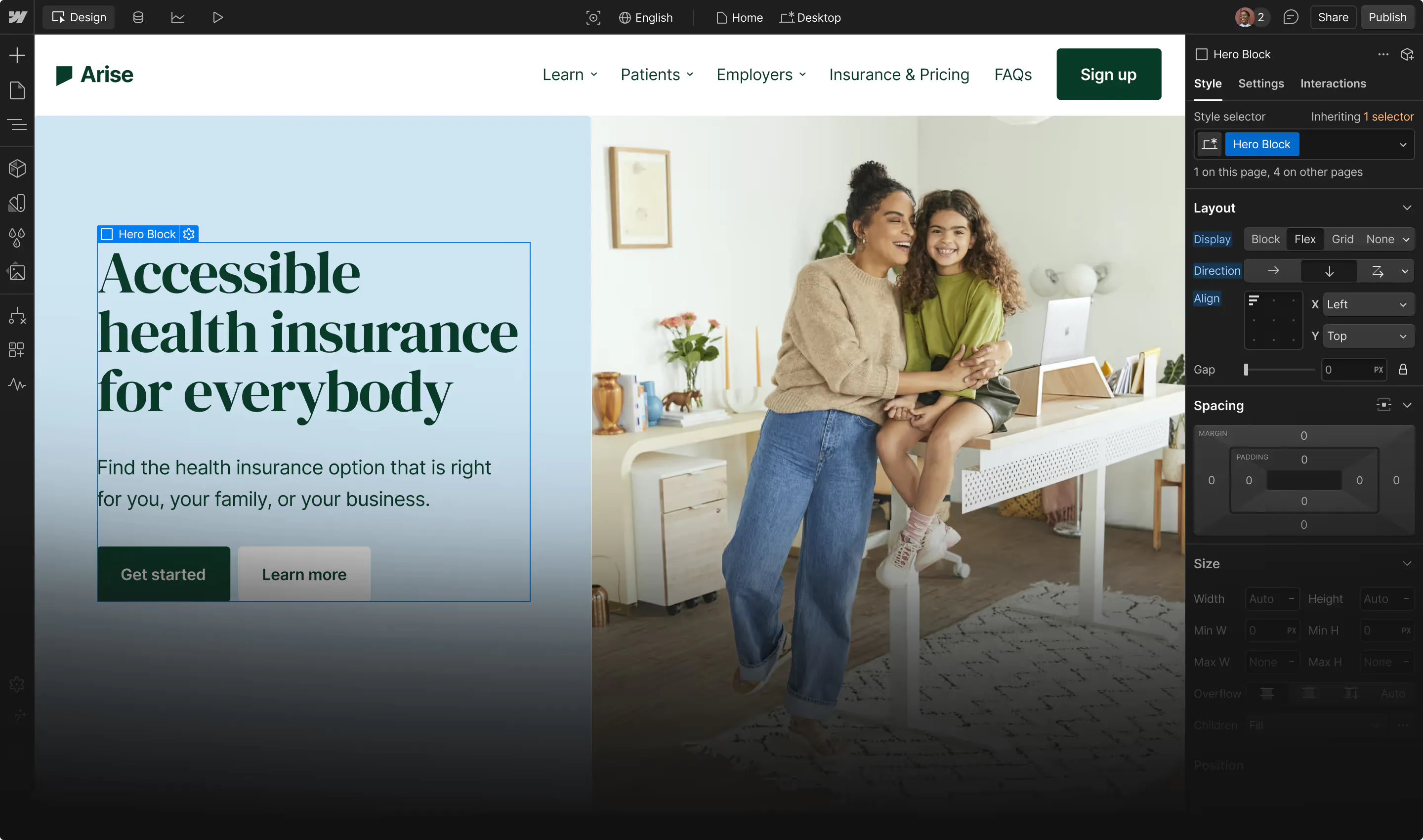
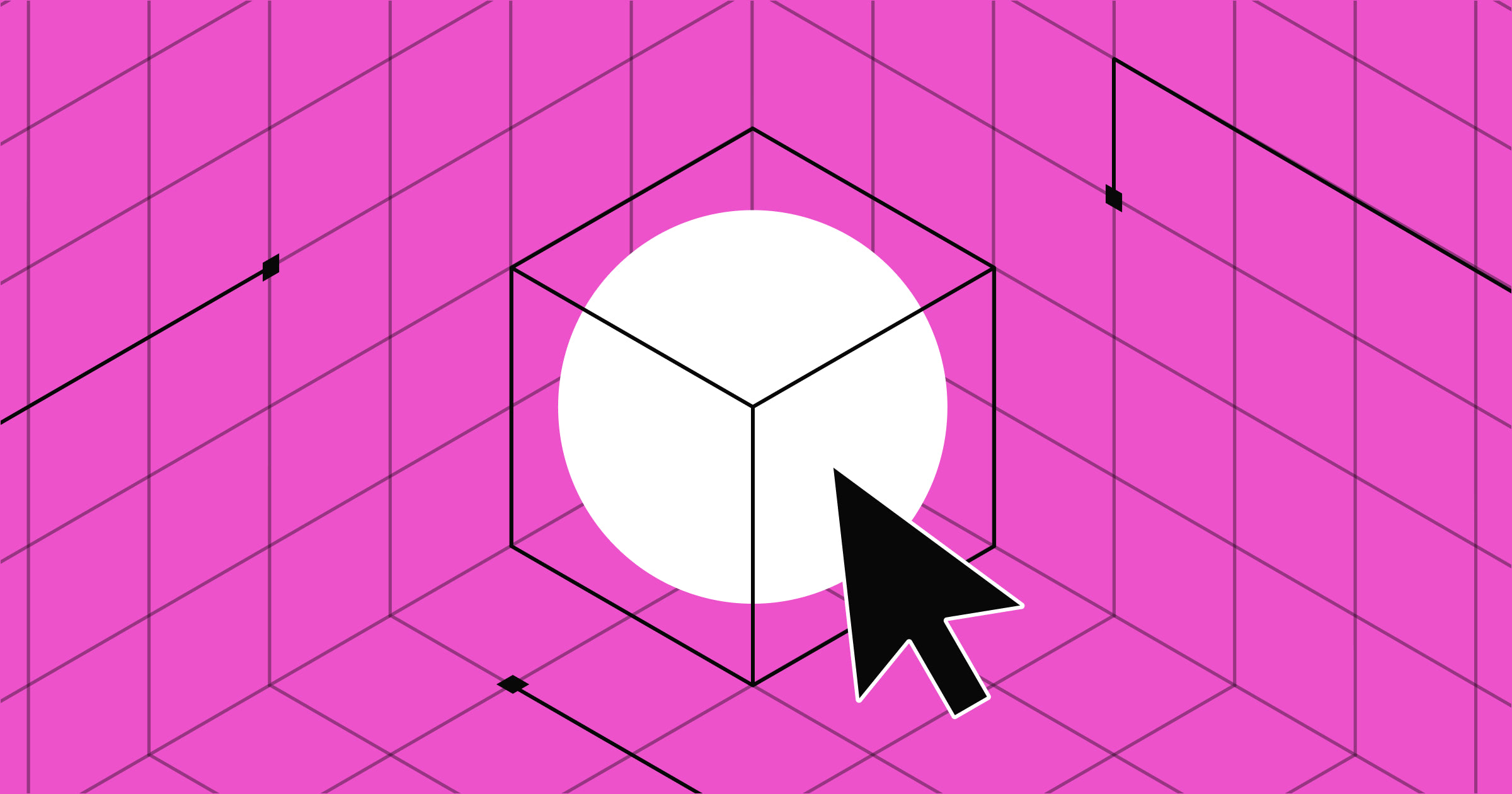


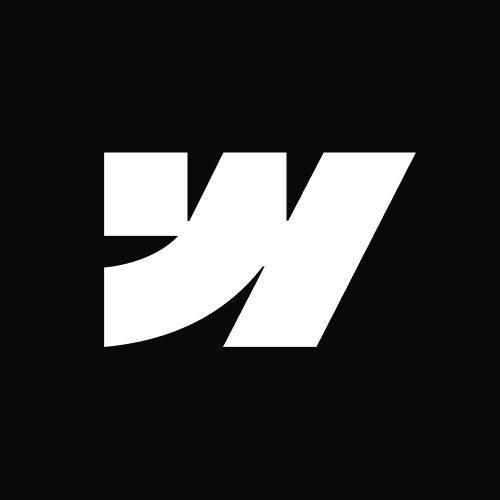

.jpeg)
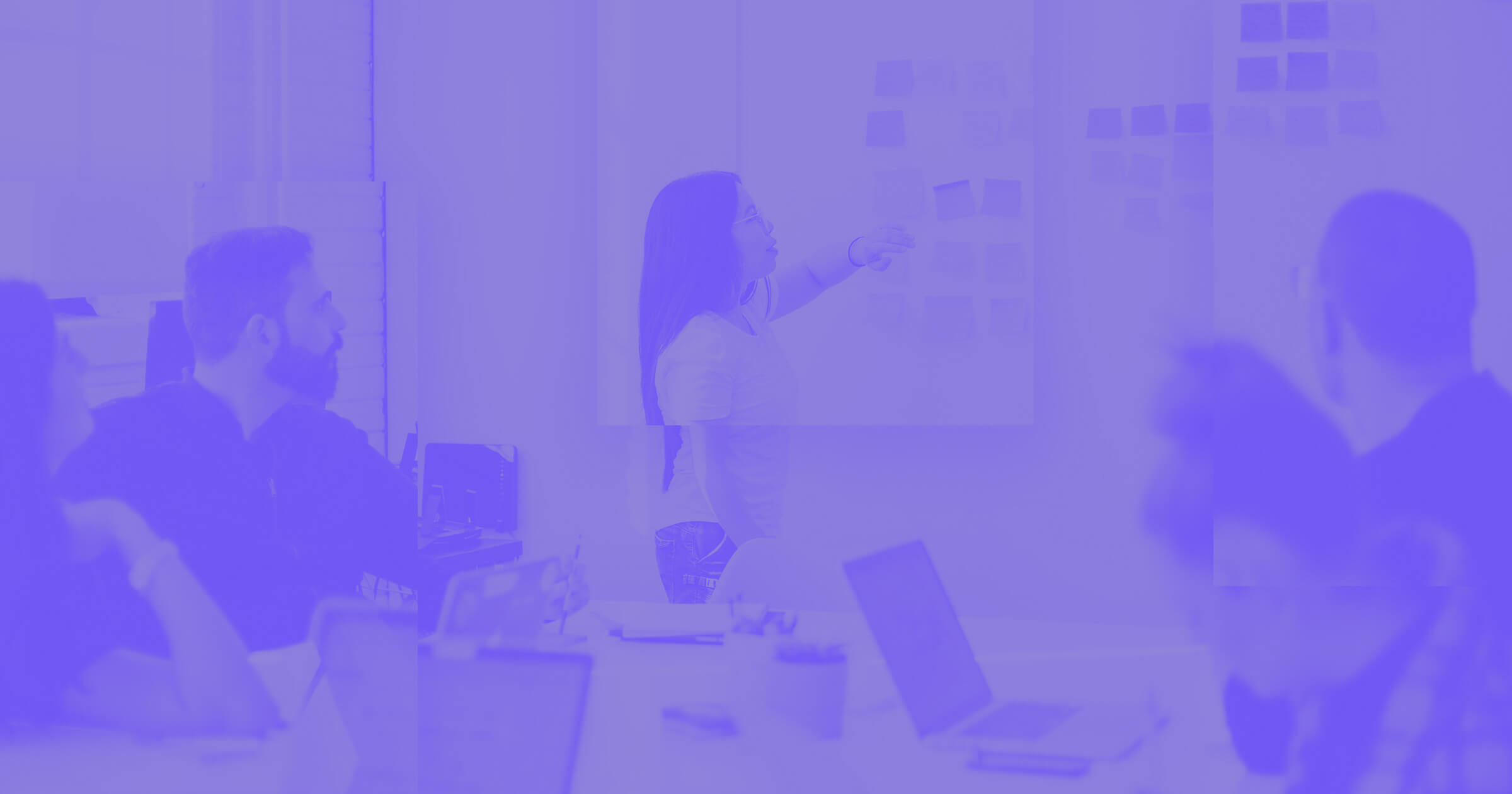
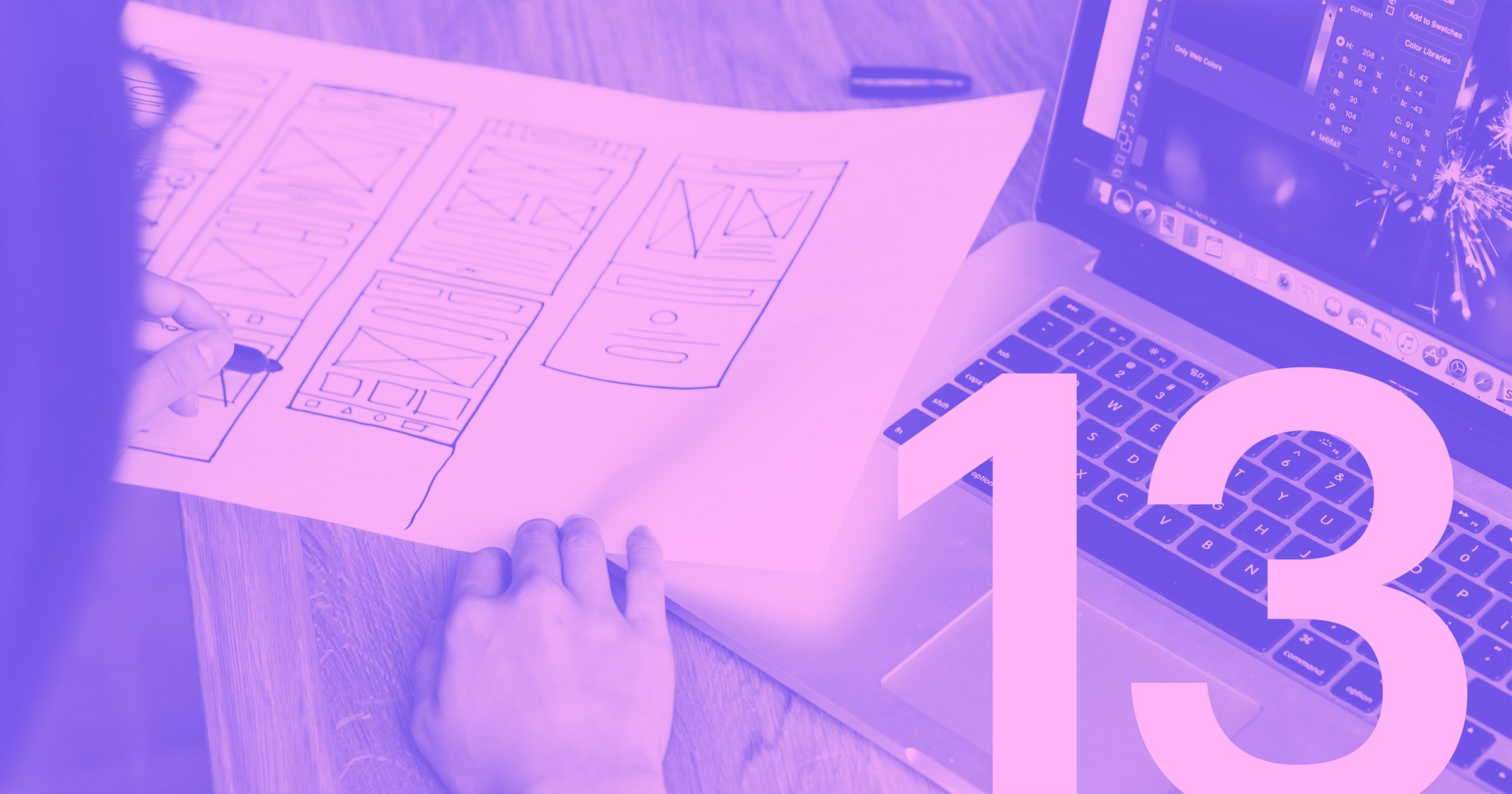
.jpeg)

